
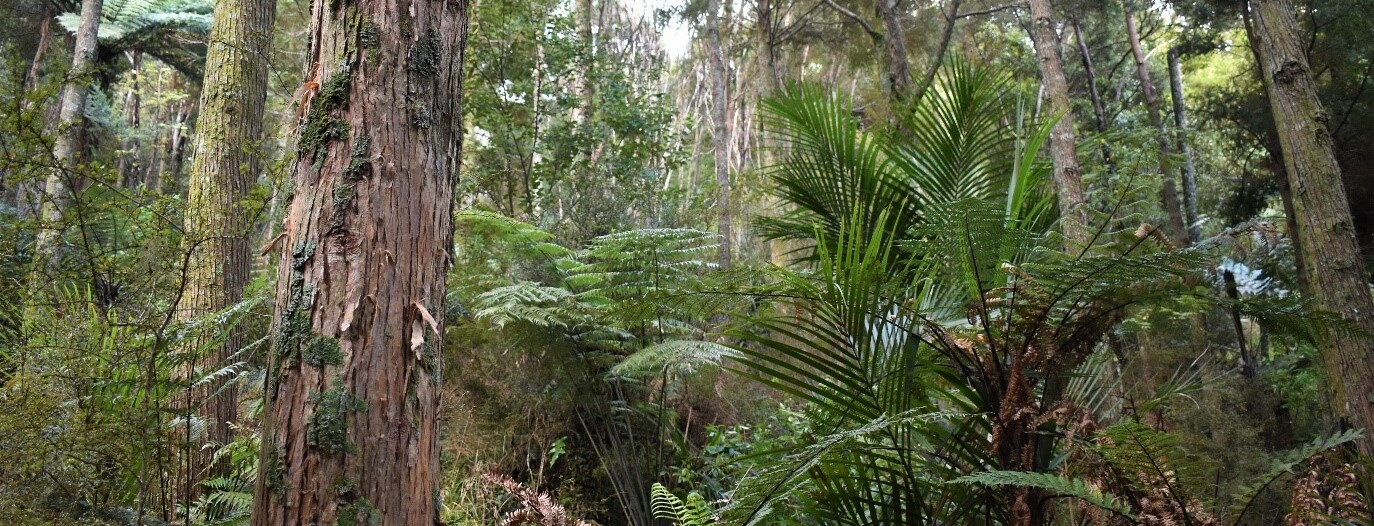


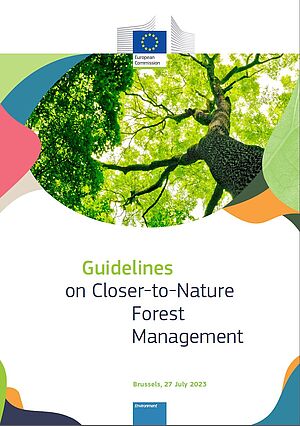
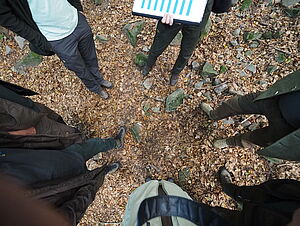
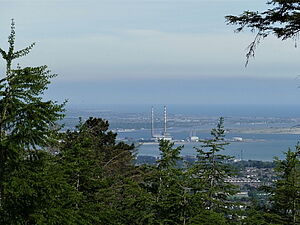
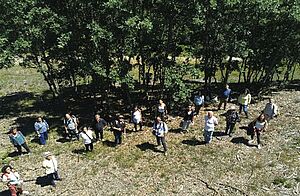
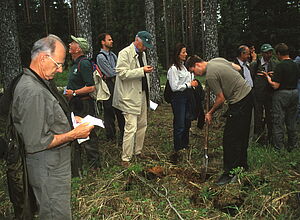

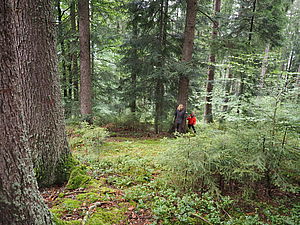

Paul Quinlan BLA(Hons)
C/O Tane’s Tree Trust Executive Officer
Email: office(at)tanestrees.org.nz
Phone: +64 27 900 7853
Mail: PO Box 12094, Hamilton 3248
New Zealand
Paul Quinlan is a trustee of Tane’s Tree Trust in New Zealand and the elected contact person for their communications with Pro Silva and its members. He has a background in landscape architecture but is currently involved with forest research and projects in New Zealand exploring continuous cover forestry practices with native forest species. He has been inspired by European examples of close to nature forestry and is involved with translating those concepts into New Zealand situations. This also involves promoting close to nature forestry concepts to landowners and policymakers.
Paul can be contacted via Tane’s Tree Trust, or directly by email: pdq(at)pqla.co.nz
Tane’s Tree Trust promotes, facilitates, and disseminates research into native forestry in New Zealand. It maintains a data base of measured plantations, conducts silvicultural trials, and documents practical management trials and experiences. It also holds workshops, field days and conferences, and makes submissions to policymakers and regulators on matters to do with native forestry.
Via communications with Pro Silva members, we hope to find inspiration and parallel experiences to learn from and contribute to.
Forests in Aotearoa – New Zealand, tend to be starkly separated into either conservation forests comprising native species, or production forests comprising exotic plantations subject to large-scale clear-fell harvesting. The historical exploitation of indigenous forests has led to strong regulation seeking to preserve indigenous forest cover, while exotic forestry is usually the only financially viable afforestation option. Presently, planting or sustainably managing native tree species is not an attractive investment or land use option.
While the establishment of new planted indigenous forests was the starting focus of the trust, management options for extensive areas of naturally regenerating forest cover is becoming increasingly important. Also, the potential to manage transitions from exotic plantation forestry to native forests is an area of interest.

Tane’s Tree Trust is a non-profit Charitable Trust focused on encouraging the use of New Zealand indigenous (native) tree species for biodiversity, landscape enhancement, cultural benefits, and providing the option for sustainable production of high-quality timber and other resources.
The Trust had its origins in 1999 and was formally set up in 2002. It is managed by a group of trustees that represent a wide range of sectors, interests, and expertise.
We have a broad membership base and work with a range of interest groups from land management agencies, and environmental trusts, to iwi (Maori tribes), and landowners keen see the planting and management of more indigenous trees nationwide.
We facilitate and conduct research and share the latest knowledge for successful establishment of indigenous forests for multiple purposes and use.
Tane’s Tree Trust believes that New Zealand needs to better value its indigenous forests and be encouraged to plant more and actively manage them.
Indigenous forests of Aotearoa (New Zealand) are unique biological and environmental treasures. They are also cultural taonga (treasures), part of our cultural heritages, and our identities as New Zealanders. Native forests provide multiple values and have a vital role for our continued existence and well-being.
We believe that kaitiakitanga (stewardship) in relation to native forest, involves an active and meaningful relationship between people and the forest.
Appropriate forest management includes pest and weed control, ecological enhancement, disease management and, in suitable situations, it may also include silvicultural intervention and timber production.
Tane’s Tree Trust initiates, supports and freely disseminates research into best-practice for native tree establishment and management.
We promote native forestry (with indigenous tree species) on private land as an appropriate land-use option to achieve many conservation, production, and cultural gains.
In particular, we see opportunities for active management in planted native forests and naturally reverted second-growth forests to combine conservation outcomes with timber production and other cultural uses.
We promote the application and continued research into continuous-cover-forestry principles as best-practice sustainable forest management.
Tane’s Tree Trust recognises that appropriate management of native forest is always dependent on context (i.e., perceived and valued differently by different people in different places at different times) and management objectives will range from maintaining untouched ‘wilderness’ and ecological values through to production orientated goals.
Tane’s Tree Trust advocates a site-specific management approach with careful consideration in respect to the wider landscape and cultural settings – Native forests for now and for the future.
Whatungarongaro te tangata, toitu te whenua - As people disappear from sight, the land remains
The objectives of the Trust are: